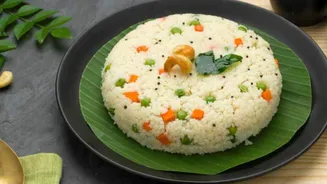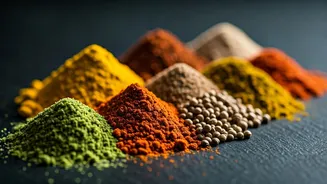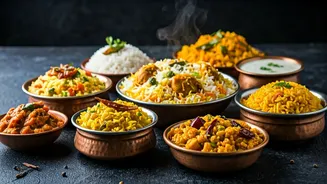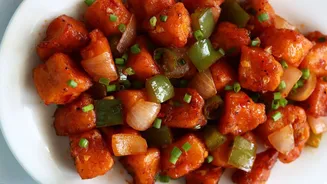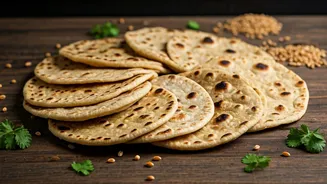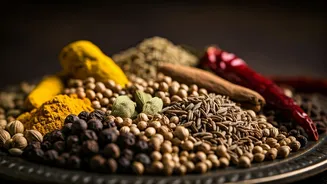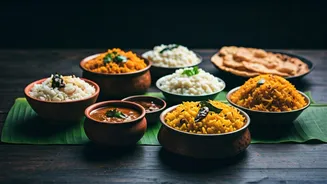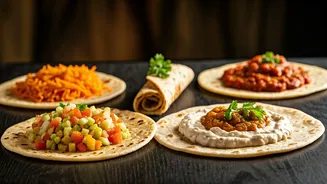Idli Origins, Elevated
Idlis, a staple in South Indian cuisine, are typically made from fermented batter of rice and lentils, steamed to a fluffy perfection. However, sometimes,
we're left with extras. Rather than letting them sit in the fridge, there's a fantastic solution: frying them! This process is not just a way to avoid wastage; it's a culinary upgrade. Frying idlis introduces a delightful textural contrast. The soft, airy inside of the idli crisps up to a golden-brown exterior, creating a pleasing crunch. The simple act of frying transforms the taste and experience, offering a satisfying snack or a unique side dish.
Essential Ingredients
The beauty of fried idlis lies in their simplicity. You will need a handful of readily available ingredients. Firstly, you will need leftover idlis. Ensure they are firm enough to hold their shape during frying, which usually means they should be at least a day old. Next comes the oil for frying; vegetable oil, canola oil, or any neutral-flavored oil works perfectly. For the spices, you can use a basic combination like mustard seeds, curry leaves, and green chilies for tempering. For flavor enhancement, a pinch of asafoetida (hing) and a dash of turmeric powder can work wonders. Finally, salt is essential, but add it towards the end of the frying process to prevent the oil from splattering excessively.
Preparing for Frying
Preparation is key for achieving the best results. Start by slicing the idlis into bite-sized pieces. The shape is up to your preference; you can cut them into halves, quarters, or even cubes. Heat the oil in a pan or a deep fryer to a moderate temperature. You can test the oil's readiness by dropping a small piece of idli; it should sizzle and turn golden within a few seconds. Next, prepare the tempering. In a separate small pan, heat a small amount of oil, and add mustard seeds. When they start to splutter, add curry leaves, green chilies, asafoetida, and turmeric powder. Sauté for a few seconds until fragrant.
Frying and Finessing
Carefully add the idli pieces to the hot oil in batches, ensuring not to overcrowd the pan. Overcrowding can lower the oil temperature, leading to soggy idlis. Fry the idli pieces, turning them occasionally, until they turn golden brown and crispy on all sides. This should typically take a few minutes. Once they're cooked to your liking, remove the fried idlis with a slotted spoon, allowing excess oil to drain. At the very end, add salt to the fried idlis while they are still hot, and toss gently to distribute the salt evenly. Remember to adjust the seasoning to your taste preferences.
Serving Suggestions
The best part about fried idlis is how versatile they are! They taste delicious on their own, especially when fresh and hot. They are a great snack or starter. However, you can elevate the experience with various accompaniments. Serve them with a side of coconut chutney, a classic pairing that complements the idlis perfectly. Alternatively, try them with sambar, the flavorful lentil-based stew, for a more complete and satisfying meal. For a tangy twist, you can also have them with tomato ketchup or a spicy green chutney. Experiment with different dips and sauces to find your favorite pairing.
Recipe Variations
Feel free to experiment with different variations to suit your taste. You can add spices and flavors to the batter before frying. For instance, add a pinch of red chili powder or some chopped onions and coriander leaves for added flavor and visual appeal. You can also coat the idli pieces in a thin layer of seasoned besan (gram flour) before frying for a different texture. Another creative option is to add grated vegetables to the batter. This can add extra nutritional value and a unique texture to the final dish. Do not be afraid to customize the recipe according to the ingredients you have on hand and your preferences.


